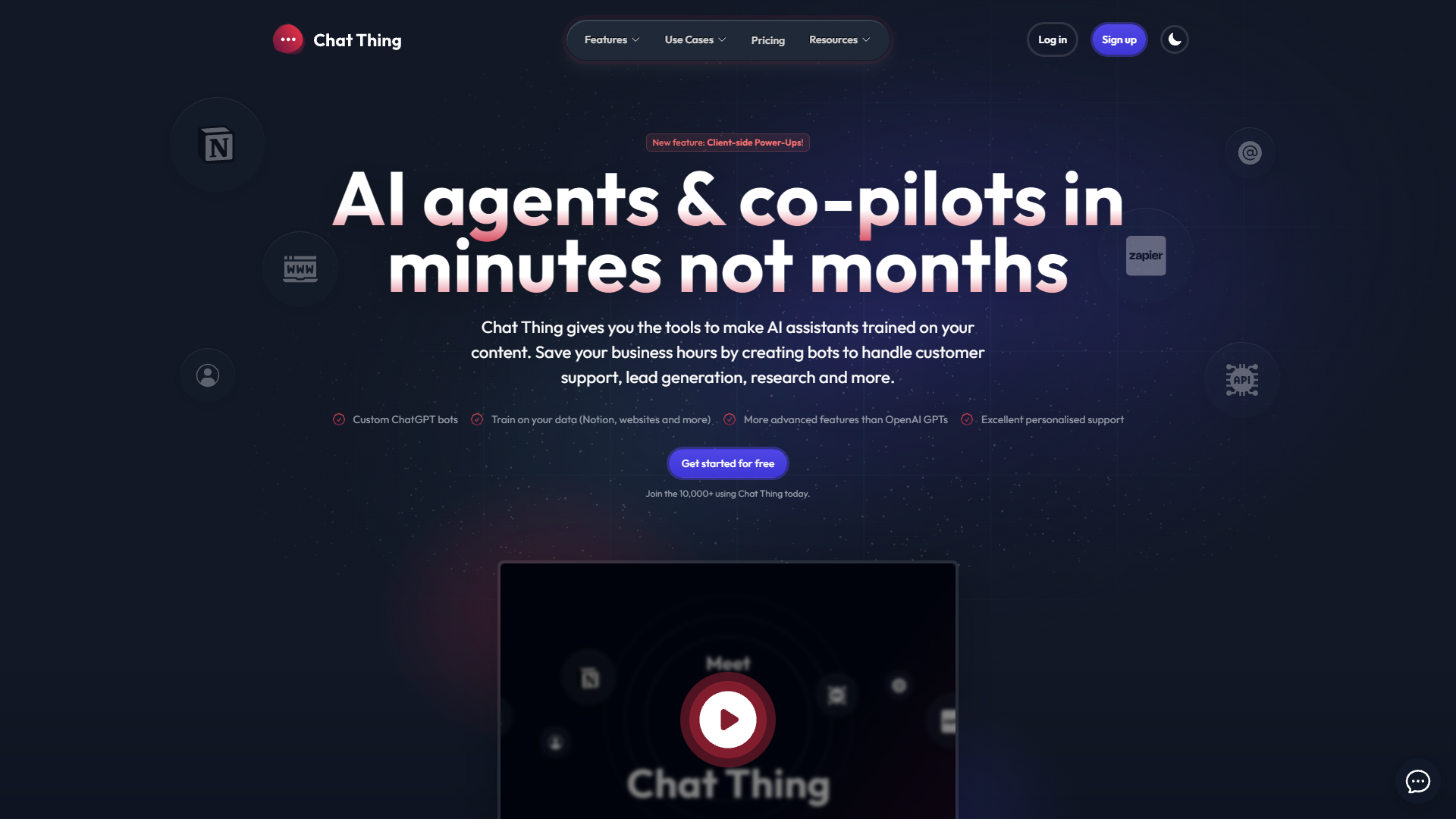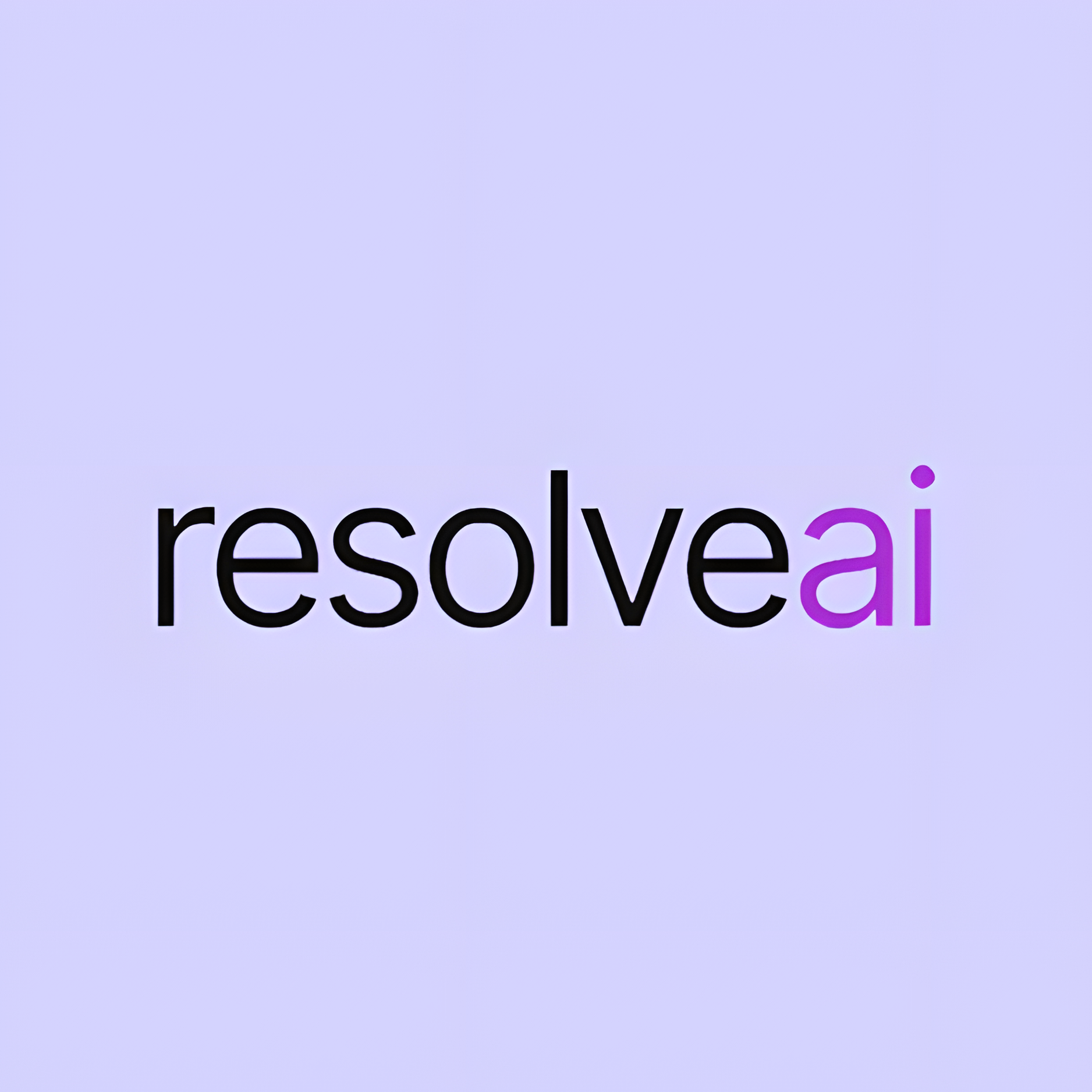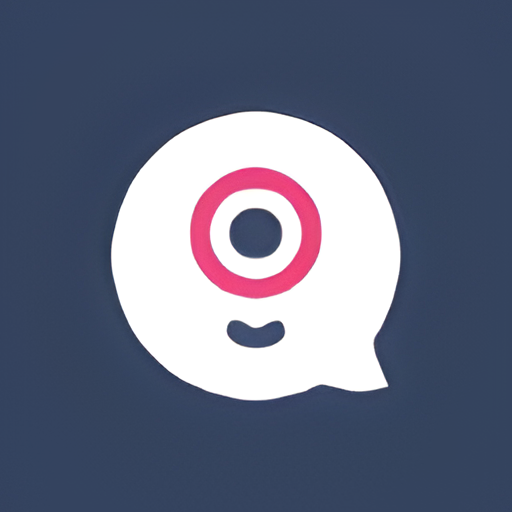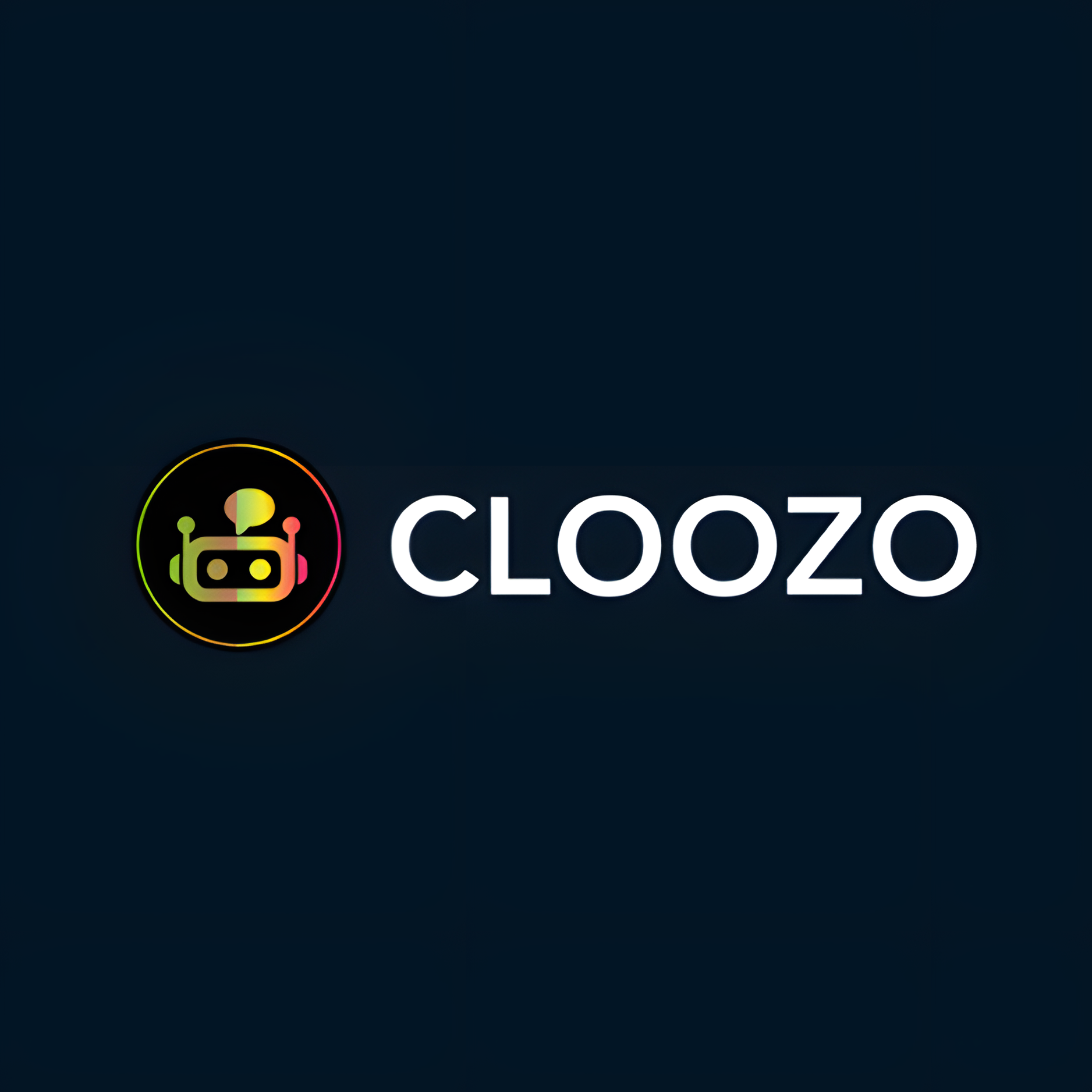Overview
Chat Thing is an innovative AI platform designed to empower users to create customized AI assistants tailored to their specific needs. This tool stands out by allowing integration with various data sources such as Notion and websites, enabling the training of bespoke ChatGPT bots. With a user base of over 10,000, Chat Thing caters to a wide array of applications including customer support, lead generation, and research, enhancing productivity across different sectors.
The platform features a Bot Gallery where users can explore and draw inspiration from existing bots like the Airbnb Bot and HR Bot. Additionally, Chat Thing supports extensive customization to align with brand identity and can deploy bots across multiple channels including Slack, Discord, and WhatsApp. Advanced functionalities such as bot usage analytics and conversation views further augment the bot’s capabilities, ensuring a robust performance.
Security is a priority with features like response guards to curb misinformation, and the platform supports multiple AI models and languages, increasing its adaptability. Chat Thing also offers a variety of pricing plans, making it accessible for both small projects and large enterprises. This comprehensive suite of tools and features makes Chat Thing a leading choice for businesses looking to leverage AI to streamline operations and enhance user engagement.
Key features
- Custom AI training: Users can train AI assistants using their own content from various sources like Notion and websites, enhancing relevance and efficiency.
- Bot gallery access: Explore a diverse range of pre-built AI bots, such as Airbnb Bot or HR Bot, to understand potential applications and functionalities.
- Multi-channel deployment: Deploy customized AI bots across multiple platforms including Slack, Discord, WhatsApp, and Telegram to reach users everywhere.
- Advanced analytics: Monitor and analyze bot interactions with detailed usage analytics, helping to refine bot performance and user engagement.
- Rich response capabilities: Bots can deliver rich responses incorporating images, links, and multilingual support, making interactions more engaging and informative.
- Security and customization: Ensure secure interactions with robust privacy measures and customize bots to align with brand identity and user needs.
 Pros
Pros
- Seamless integration: Easily integrate with existing systems like CRM and ERP for a unified workflow, enhancing operational efficiency and user experience.
- Real-time updates: Bots provide instant notifications and updates, keeping users informed about important events or changes, improving communication and responsiveness.
- Scalable architecture: The platform supports scaling from small teams to large enterprises without degradation in performance, ensuring reliability and adaptability.
- User-friendly design: Features an intuitive interface that simplifies the creation and management of bots, making it accessible for users with varying technical skills.
- Continuous improvement: Regular updates and improvements to the platform ensure that the latest AI technologies and features are available to users.
 Cons
Cons
- Integration complexity: Integrating AI bots with existing systems, especially legacy software, can be challenging and may require significant technical expertise.
- Over-reliance risk: Heavy reliance on AI for customer interactions might reduce personal touch, potentially impacting customer satisfaction and brand perception.
- Continuous updates needed: AI models require regular updates to maintain accuracy and relevance, which can be resource-intensive in terms of time and technical effort.
- Limited error correction: AI bots might propagate errors if initial training data or ongoing inputs are flawed, leading to misinformation or inappropriate responses.
- Privacy concerns: Despite strong security measures, storing and processing large amounts of personal data can raise privacy concerns among users.










